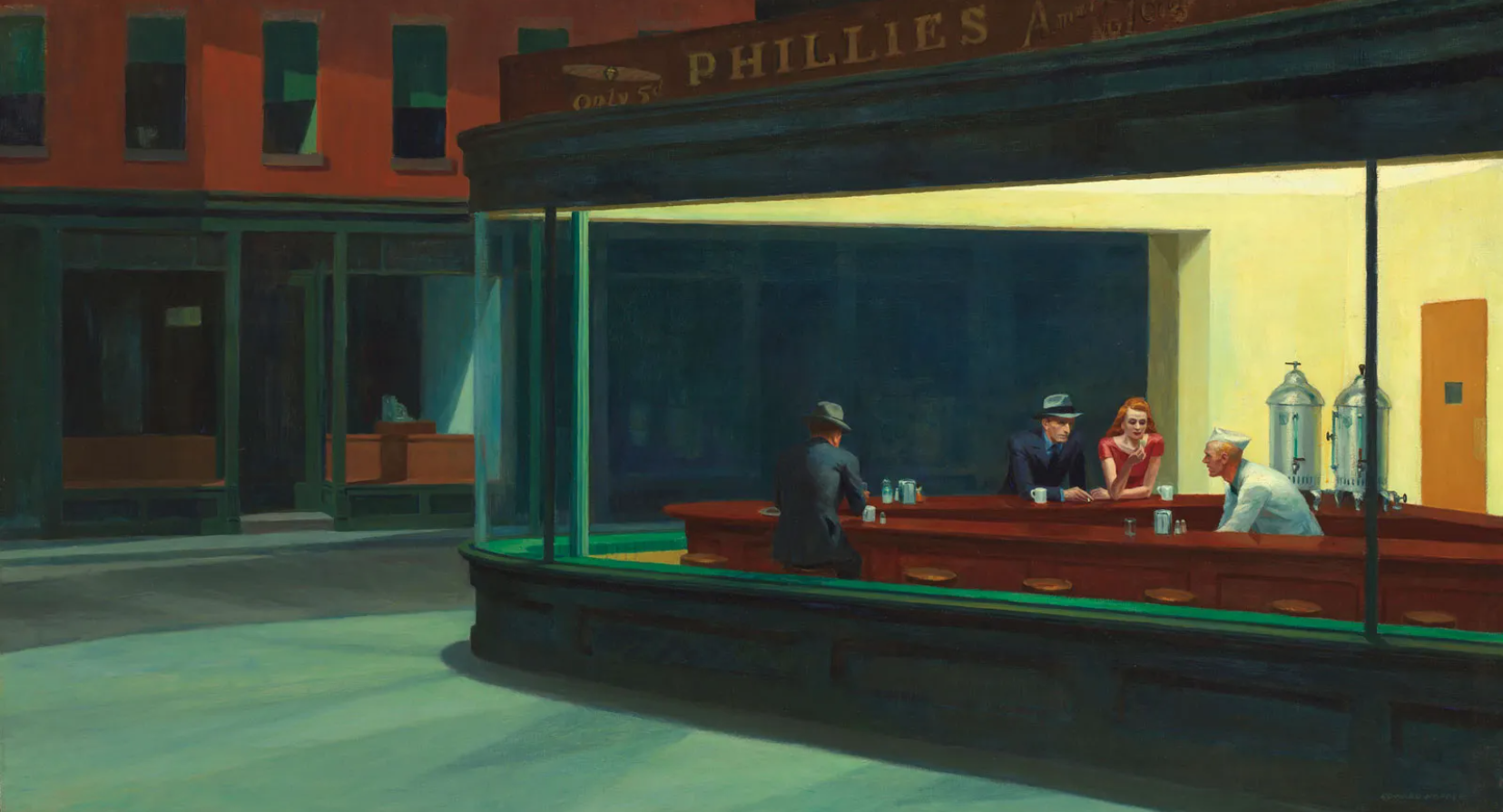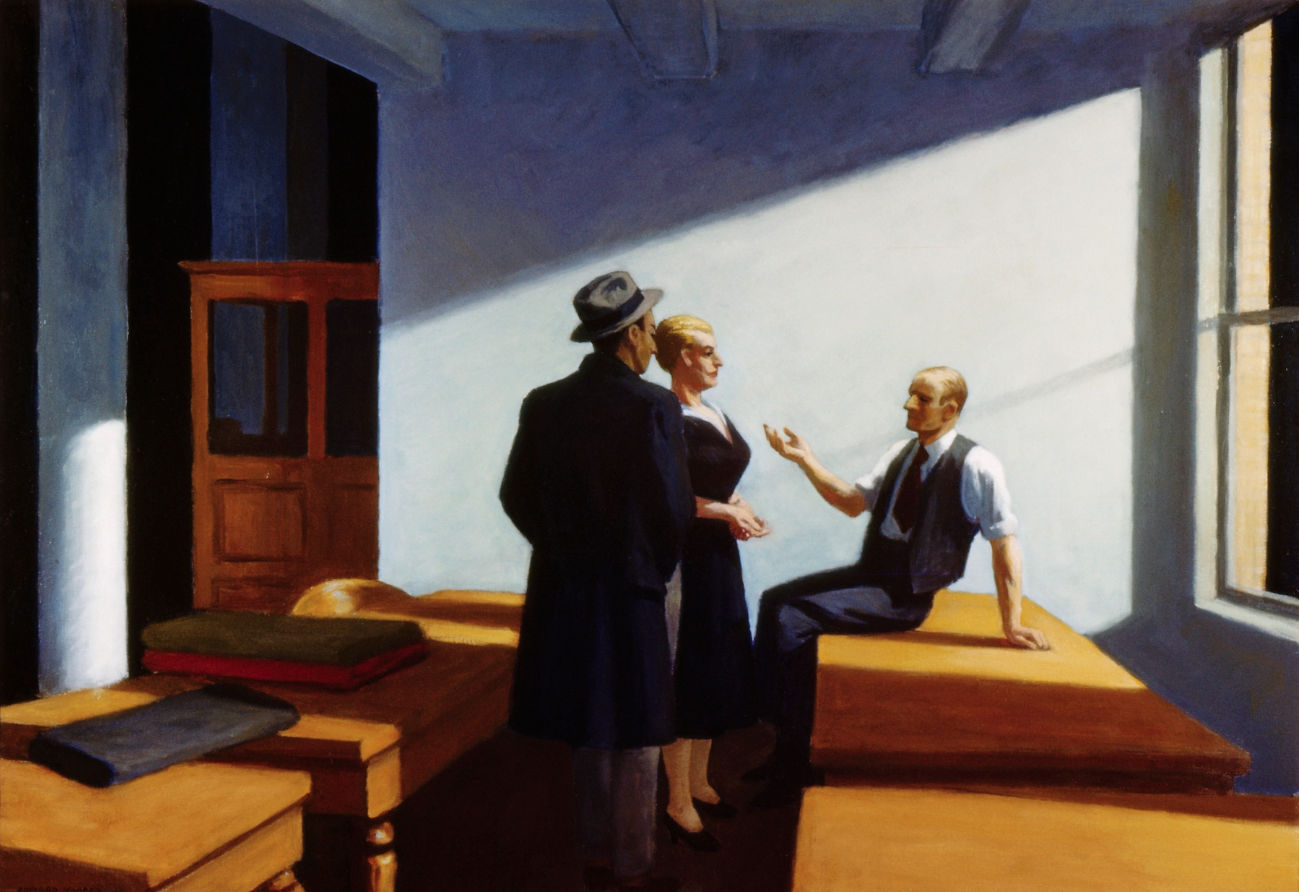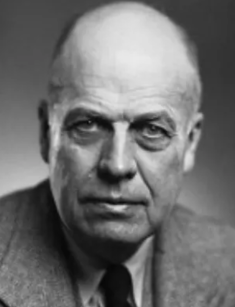- Horoscope: Cancer
- Net worth: $5 000 000
- Ethnicity: white
- Nationality: American
- Fathers name: Garret Henry Hopper
- Mothers name: Elizabeth Griffiths Smith
- Education: Nyack High School; Parsons School of Design | The New School
- Weight: 104.0
- Hair color: Reddish-brown
- Eye color: Blue
Edward Hopper: biography
Edward Hopper was an American realist painter and printmaker, best known for his oil paintings that depict scenes of American life, including gas stations, diners, motels, and lighthouses.
Childhood and youth
Edward Hopper was born on July 22, 1882, in Nyack, New York. He grew up in a middle-class family and was interested in art from a young age. As a child, he enjoyed drawing and was particularly fascinated by the illustrations in books and magazines. Hopper showed a strong aptitude for art and was encouraged by his parents to pursue his interests.
Hopper's formal art training began at the New York School of Art, where he studied under Robert Henri and other prominent artists of the day. He was particularly drawn to the realist movement and was influenced by the works of Jean-Francois Millet and other French artists. Hopper's early works were primarily landscapes and still lifes, but he later became known for his paintings of urban and rural life in America.
After completing his studies, Hopper worked as an illustrator and commercial artist to support himself while he continued to paint. He struggled for many years to establish himself as an artist, but eventually gained recognition for his unique style and perspective. Hopper's paintings were often inspired by the environments and experiences of his youth, as well as his travels throughout the United States.
Art career
Edward Hopper's art career spanned several decades and his works have had a lasting impact on American art. He began his professional art career as an illustrator and commercial artist, but he always kept painting as his primary focus. Throughout his life, Hopper continued to experiment with his style and subject matter, and his works evolved over time to reflect his growing interests and experiences.
Hopper's paintings often depicted the loneliness and isolation of American life, capturing the mood and atmosphere of small towns, diners, motels, and other everyday settings. He was known for his use of light and shadow to create a sense of mystery and solitude in his works, and his paintings often featured empty or sparsely populated spaces.

Despite the critical acclaim that Hopper received for his work, he struggled for many years to establish himself as a successful artist. It wasn't until the 1940s and 1950s that his works gained widespread recognition, and he became one of the most sought-after artists of his time. Today, Hopper's paintings are considered some of the most iconic images of 20th-century American art, and his works have been widely reproduced and studied.
Throughout his career, Hopper received numerous awards and honors, and his works have been displayed in galleries and museums around the world. He continues to be remembered as one of the most important American realist painters, and his works have inspired countless artists and cultural commentators. His paintings are a testament to his unique vision and his enduring influence on the art world.
Vision
Edward Hopper's vision was characterized by a sense of loneliness and isolation, reflecting the mood and atmosphere of American life in the 20th century. He depicted everyday scenes such as diners, motels, and gas stations, capturing the emptiness and solitude of these spaces. Hopper's use of light and shadow created a sense of mystery and unease, and his paintings often depicted people who were alone or in close proximity to each other, but disconnected.

Hopper's paintings are often described as snapshots of American life, capturing the mood of a specific moment and place. He was known for his attention to detail and his ability to evoke strong emotions through his use of color, light, and shadow. His works are often interpreted as commentary on the American experience, exploring themes of loneliness, isolation, and the search for meaning in a rapidly changing world.
Personal life
Hopper was married to fellow artist Josephine Nivision and the couple lived together in New York City and later in South Truro, Massachusetts. Despite their long and close relationship, Hopper and Nivision were known for their independent personalities and often spent long periods of time apart.
Hopper was a private individual and kept to himself for much of his life. He was known for his dedication to his work and his quiet, reserved personality. Despite his success as an artist, he remained humble and focused on his craft, and his legacy continues to be celebrated by art lovers and critics around the world.
Death
Edward Hopper died on May 15, 1967, at the age of 84. He passed away in his home in South Truro, Massachusetts, surrounded by his wife and closest friends. He had lived a long and successful life as one of America's most famous and influential realist painters, and his legacy continues to inspire and influence artists and art lovers around the world.
List of works
- House by the Railroad (1925)
- Automat (1927)
- Chop Suey (1929)
- Early Sunday Morning (1930)
- Hotel Room (1931)
- Room in New York (1932)
- New York Movie (1939)
- Cape Cod Evening (1939)
- Gas (1940)
- Office at Night (1940)
- Girlie Show (1941)
- Nighthawks (1942)
- Restaurant Booth (1947)
- Cape Cod Morning (1950)
- Western Motel (1957)
This is not an exhaustive list, but rather a selection of some of his most well-known and widely reproduced works. Hopper's paintings are celebrated for their technical mastery, emotional impact, and historical significance, and they continue to be widely collected and displayed in galleries and museums around the world.





